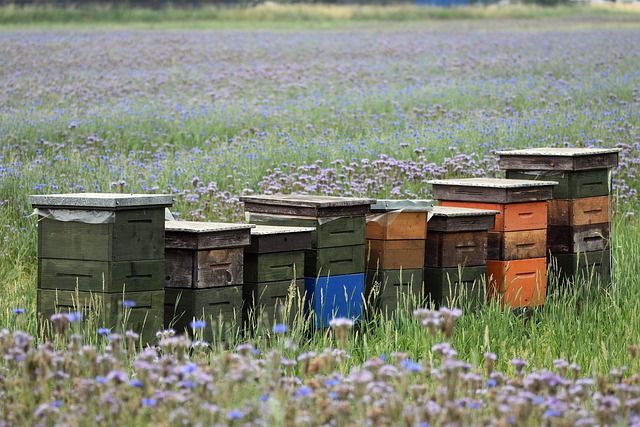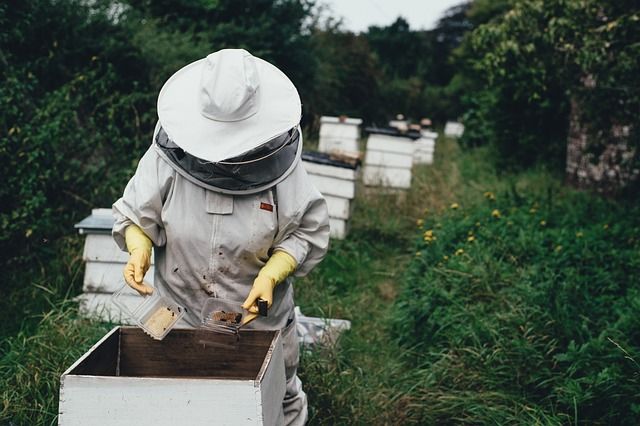How to Attract Bees with a Beehive Bait, the Magic of the Beehive Bait Beekeeping enthusiasts have long used beehive bait as a tool to capture wild bee colonies. You might wonder what kind of magic a beehive bait holds to attract these colonies. In fact, the secret lies in a deep understanding and precise grasp of the bees’ habits.

- How to Attract Bees Attracting bees is actually a clever process where beekeepers use tools like beehive bait to simulate an ideal living environment for the colonies, attracting those that live in the wild. The target colonies are mainly two types: one is the swarming colonies during the natural swarming period, which are looking for a new home; the other is the migrating colonies forced to leave their original nest due to lack of nectar sources or enemy invasions, and they urgently need a new haven.
To successfully attract a colony, one must deeply understand the habits of bees. Bees like a warm and humid environment rich in nectar plants. Therefore, when choosing the location to place the beehive bait, these factors must be fully considered. At the same time, one must also grasp the swarming and migration habits of bees to place the beehive bait in the best location at the best time, thereby successfully attracting the colonies.
- Suitable Time for Attracting Bees When is the best time to attract bees? In fact, there are mainly two periods. One is the natural swarming period, usually in spring, when the colonies begin to swarm, and a large number of swarming colonies will start looking for a new address. At this time, placing the beehive bait in the right place can greatly increase the probability of successfully attracting a colony. The second is the high incidence period of migration, usually at the end of summer and the beginning of autumn, when the nectar source is scarce or the enemy is severe, the colonies may choose to leave the original nest and look for a new, suitable living environment. At this time, the beehive bait can also be used to attract those migrating colonies looking for a new home.
- Placement Location In the process of capturing wild bees, the location of the beehive bait is crucial. First, it is necessary to ensure that the beehive bait is placed where wild bee colonies often operate because bees have a fixed range of activity. If placed where they do not often go, even if the beehive bait is exquisite, it cannot attract them. Of course, if you find bees foraging and there are no artificially raised colonies nearby, it is likely the place where the wild colonies live, very suitable for placing beehive bait.
Secondly, the nectar source condition is also an indispensable factor. Bees’ production and life are inseparable from the nectar source, so the area around the beehive bait should be rich in nectar sources. In places where the nectar source is scarce, bees find it difficult to survive and reproduce, and colonies are less likely to come to build nests and settle down. Before placing the beehive bait, one must also conduct an in-depth investigation of the nearby nectar sources to ensure that the selected location can meet the survival needs of the bees.

Finally, the placement of the beehive bait also needs to consider the bees’ nesting habits. Bees like a quiet environment, so the area around the beehive bait should be far from the hustle and bustle. At the same time, the beehive bait should be placed in a place that is sheltered from the wind, facing the sun, warm in winter and cool in summer, providing a comfortable living environment for the bees. In addition, there should be a conspicuous sign nearby to facilitate the worker bees to accurately locate the position of the hive.

